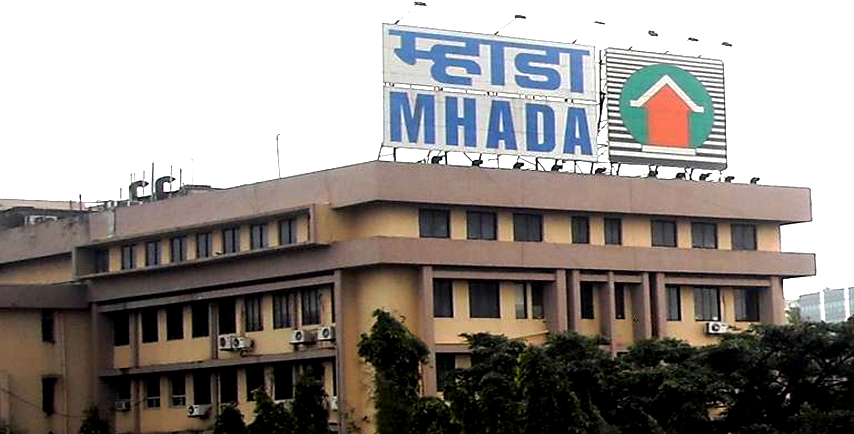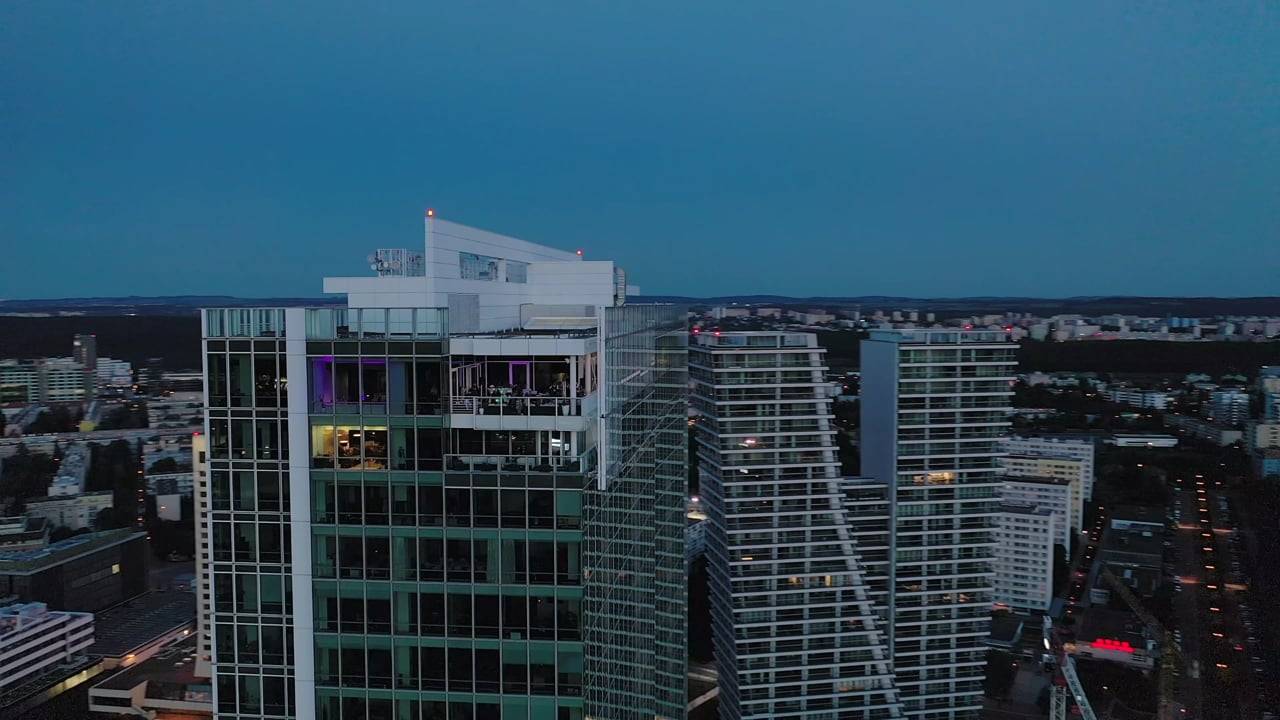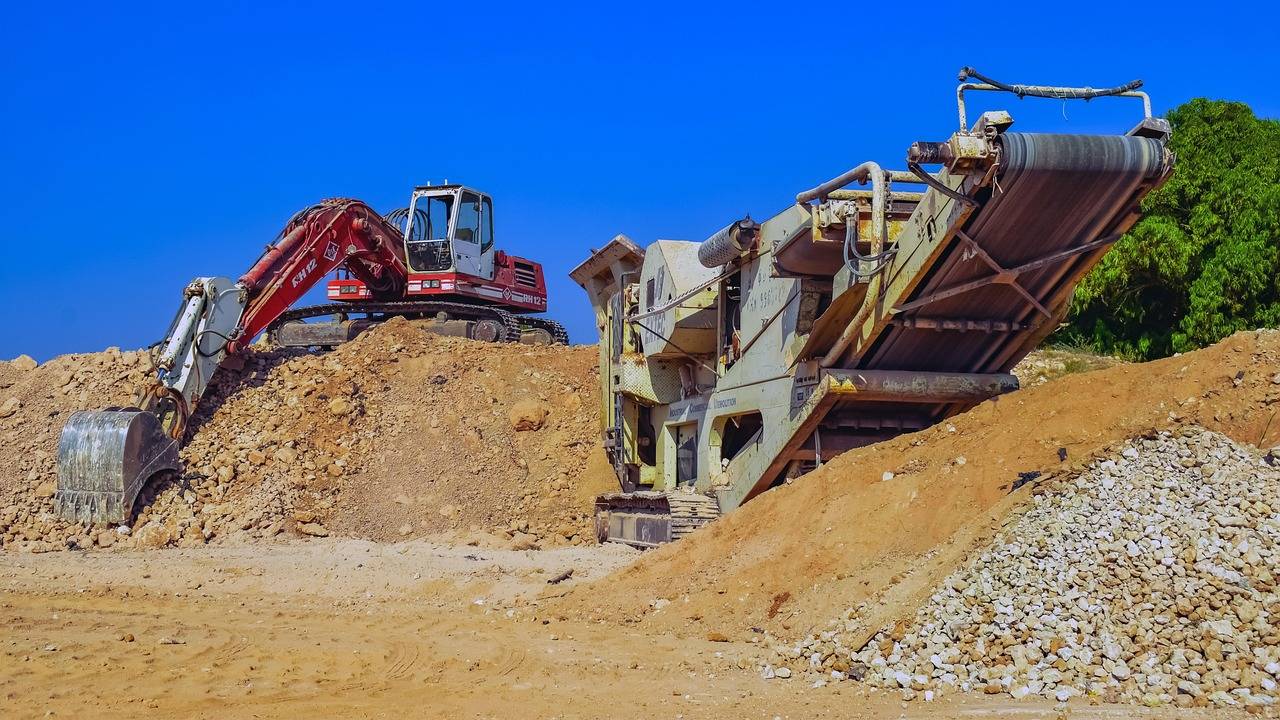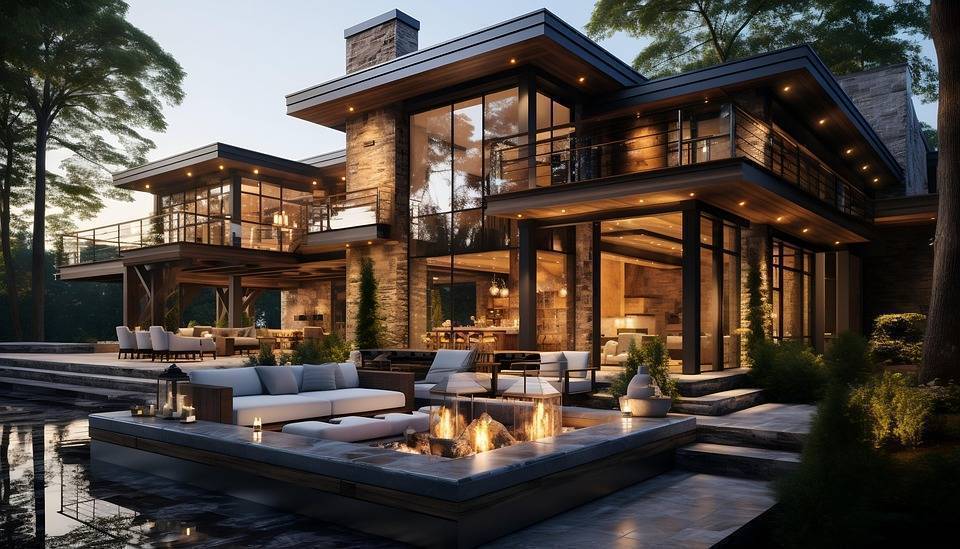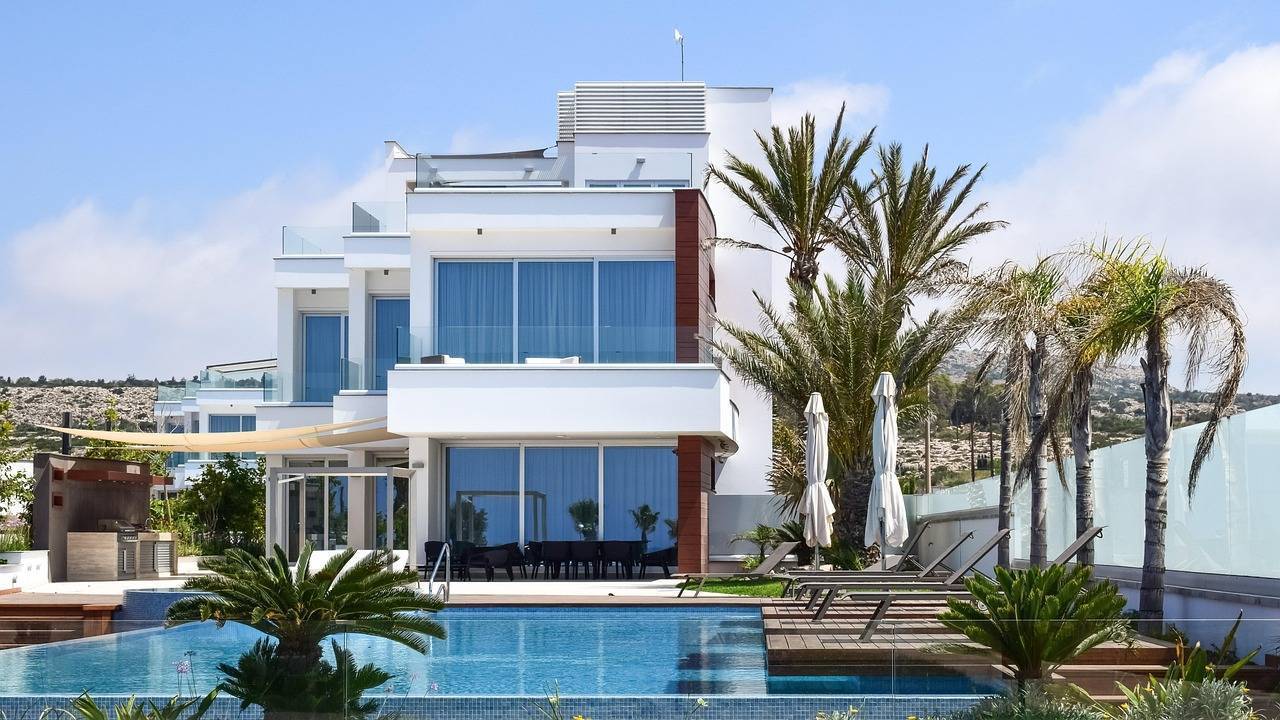India’s luxury housing market has recorded a significant year-on-year growth of 85% in the first half of 2025, according to a report released jointly by CBRE South Asia Pvt. Ltd. and ASSOCHAM. The report, titled "The New Paradigm in Indian Housing", was launched during the CBRE-ASSOCHAM Real Estate Conference 2025 held under the theme Ease of Doing Business: Unlocking Sustainable Growth.
Between January and June 2025, approximately 7,000 luxury residential units—priced at ₹4 crore and above, were sold across India’s top seven metropolitan regions: Delhi-NCR, Mumbai, Pune, Bengaluru, Kolkata, Hyderabad, and Chennai. The data shows a sharp rise in demand, particularly in Delhi-NCR, which accounted for over half of these sales.
Delhi-NCR Leads National Luxury Sales
Delhi-NCR emerged as the largest contributor to the luxury segment, accounting for nearly 4,000 units sold during the six-month period, or 57% of total luxury housing transactions. Compared to the same period in 2024, this marks a threefold increase in high-end residential sales in the region.
The surge is being attributed to rising interest from high-net-worth individuals (HNIs), ultra-HNWIs, and non-resident Indians (NRIs) who are increasingly investing in premium properties. These buyers are reportedly focused on homes offering long-term value, privacy, and better amenities.
Mumbai followed with the sale of 1,240 luxury units, capturing 18% of the total share. While Mumbai’s growth rate was lower compared to Delhi-NCR, it still posted a notable 29% increase in sales over H1 2024. Hyderabad and Bengaluru maintained steady performance, while Pune and Chennai—traditionally mid-income dominated markets—jointly contributed about 5% to the luxury segment.
Supply Also Expands: Over 7,300 New Luxury Units Launched
Supply has kept pace with demand. The report noted that 7,300 luxury housing units were launched across the top cities in H1 2025, a 30% increase over the same period last year. Delhi-NCR, Mumbai, and Hyderabad accounted for over 90% of these new launches, highlighting the concentration of high-end development in select urban markets.
Developers are responding to buyer preferences by launching projects that offer larger apartment configurations, improved amenities, and better locations. The availability of premium homes has also been supported by land acquisition momentum and increased investor activity, especially in areas near upcoming infrastructure.
Macroeconomic Trends and Buyer Preferences
According to the report, the rise in luxury sales is being driven by factors beyond conventional demand. One significant reason is the shift in investment behaviour among global Indian buyers. A strong U.S. Dollar, coupled with global economic uncertainties, has pushed NRIs and HNIs to view Indian real estate as a relatively stable and tangible asset class.
Buyers are also focusing on upgraded lifestyle features, such as low-density layouts, clubhouses, concierge services, and integrated townships with commercial access. This is reshaping developer strategies, especially in core urban markets and peripheral business districts.
Gaurav Kumar, Managing Director, Capital Markets and Land, CBRE India, said the market has entered a phase of “strategic resilience,” shaped by robust macroeconomic indicators and a renewed emphasis on quality, transparency, and lifestyle.
While the report celebrates the sector’s growth, it also draws attention to the evolving regulatory landscape. Manish Singhal, Secretary General of ASSOCHAM, stated that the rising contribution of housing to the national economy necessitates clearer policy direction, particularly around approval processes and urban land planning.
The report notes that future growth could benefit from faster clearance mechanisms, an updated definition of affordable housing suited for urban centres, and broader incentives for sustainable construction. The conference session accompanying the report launch also highlighted the need to address infrastructure bottlenecks and align municipal planning with housing supply trends.
Across all housing segments, the report said about 132,000 residential units were sold and 138,000 units were launched in India’s top seven cities in the first half of 2025. This underscores continued momentum in the broader real estate sector, with luxury housing being a major contributor to overall market performance.
The findings suggest that India’s housing sector is undergoing a structural shift, particularly in how urban residential spaces are conceived and consumed. As buyers increasingly focus on long-term quality and livability, luxury housing may continue to maintain its share of the market, supported by infrastructure upgrades, digital transactions, and steady buyer confidence.
With a strong launch pipeline and sustained demand from both domestic and international buyers, the outlook for luxury housing remains positive through the rest of 2025. Key markets including Delhi-NCR, Mumbai, and Hyderabad will be closely monitored in light of upcoming policy changes and infrastructure developments.
Urbanisation and evolving housing aspirations continue to shape the luxury segment’s role in India’s real estate growth, with developers focusing on achieving a balance between scale, sustainability, and user-centric design.



